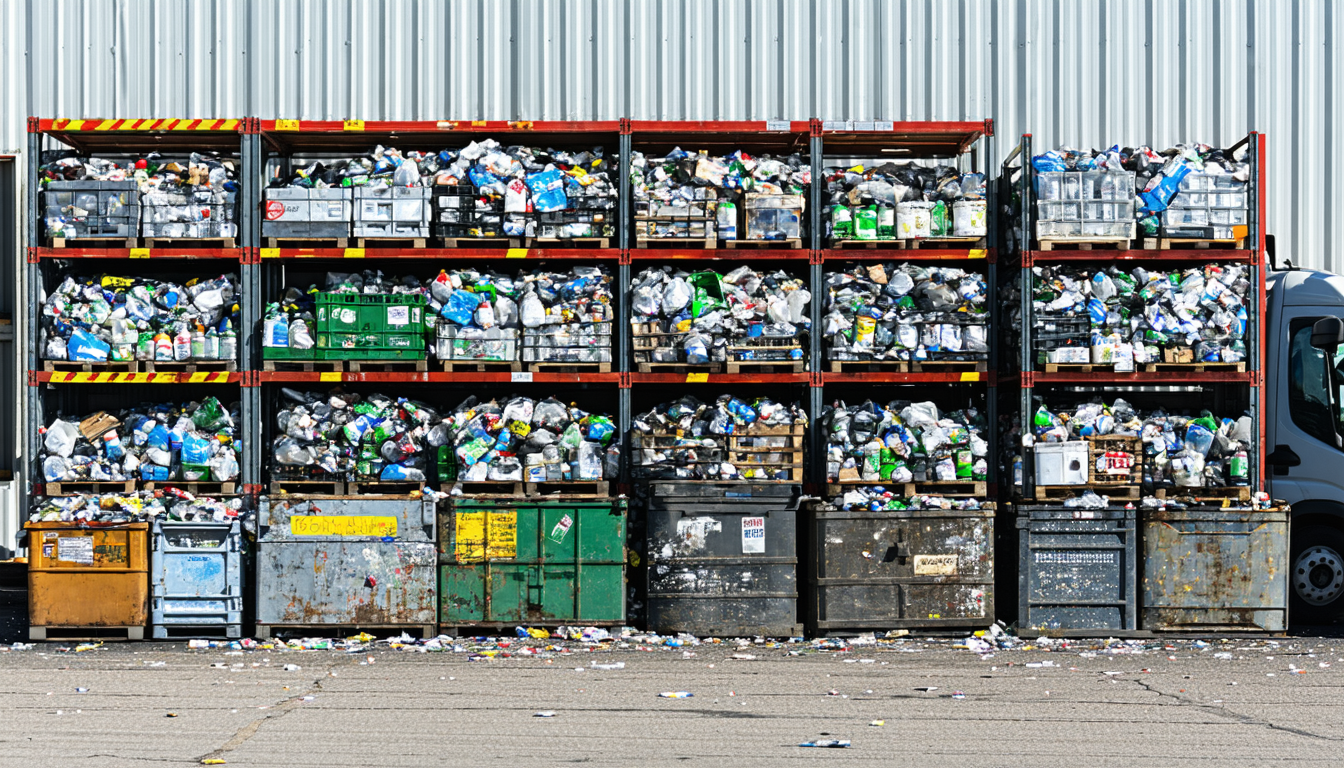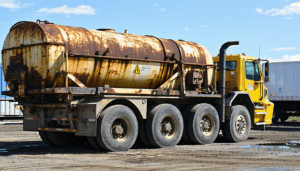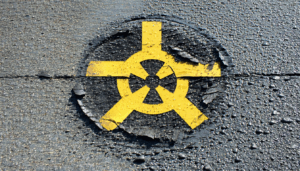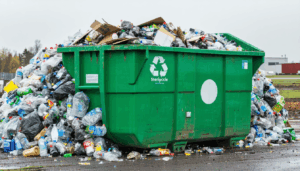Introduction
Every year, millions of American households generate hazardous waste, from old paint cans and batteries to cleaning chemicals and pesticides. Improper disposal of these materials can harm the environment, contaminate water supplies, and pose health risks. With growing awareness of sustainable practices, many are searching for “household hazardous waste disposal near me” to ensure safe handling. This article explores the latest options for disposal across the United States, highlights key programs, and offers practical tips to help residents manage hazardous waste responsibly.
Understanding Household Hazardous Waste
Household hazardous waste (HHW) includes everyday items that can be toxic, flammable, or corrosive. Common examples are motor oil, antifreeze, fluorescent bulbs, and expired medications. According to the Environmental Protection Agency (EPA), U.S. households produce over 1.6 million tons of HHW annually. If not disposed of correctly, these materials can leak into soil or groundwater, creating long-term environmental damage. Awareness of proper disposal methods is critical for community safety and ecological health.
Options for Household Hazardous Waste Disposal Near Me
Finding a local disposal solution is easier than ever, thanks to municipal programs and online resources. Most U.S. counties offer designated drop-off sites or collection events for HHW. The EPA’s website and tools like Earth911 provide searchable databases to locate facilities by ZIP code. For instance, in 2023, over 5,000 permanent HHW collection sites operated nationwide, alongside thousands of one-day events. Residents can also contact their local waste management authority for schedules and guidelines specific to their area.
Key Programs and Initiatives Across the U.S.
Several states have taken significant steps to streamline HHW disposal. California, for example, runs the nation’s largest network of collection sites through its Department of Toxic Substances Control. In 2022 alone, the state collected over 100 million pounds of hazardous materials. Meanwhile, states like Texas and Florida host regular “Amnesty Days,” allowing residents to drop off waste without fees. According to Dr. Emily Carter, an environmental scientist at the University of California, “These programs are vital in preventing illegal dumping and protecting public health.”
Impact on Communities and the Environment
Safe disposal of HHW benefits both people and the planet. When materials like batteries or electronics end up in landfills, toxic substances can seep into groundwater, affecting drinking water supplies. Proper disposal reduces these risks and supports recycling efforts—many items, such as paint and oil, can be repurposed. Communities with active HHW programs often see lower rates of pollution-related complaints. For instance, a 2021 study by the EPA found that areas with accessible disposal options reported a 30% decrease in improper waste handling.
Challenges and Barriers to Access
Despite progress, not all Americans have easy access to disposal facilities. Rural areas often lack nearby drop-off points, forcing residents to travel long distances. Additionally, some programs charge fees for certain items, which can deter participation. Advocacy groups argue for more funding to expand services and educate the public. On the other hand, local governments highlight budget constraints as a limiting factor, creating a need for balanced solutions.
Future Outlook for Hazardous Waste Management
Looking ahead, experts predict increased investment in HHW infrastructure as environmental regulations tighten. Innovations like mobile collection units and mail-back programs for items like medications are gaining traction. Federal initiatives may also provide grants to underserved regions, ensuring equitable access. Dr. Carter notes, “Technology and policy must work together to make disposal convenient for everyone.” As public demand grows, collaboration between governments, businesses, and communities will be key to sustainable progress.
Conclusion
Proper household hazardous waste disposal is essential for safeguarding our environment and health. With numerous resources available across the United States, finding “household hazardous waste disposal near me” has become more accessible than ever. From state-led initiatives to online tools, residents have multiple avenues to dispose of dangerous materials responsibly. By staying informed and utilizing local programs, we can collectively reduce pollution risks and build cleaner communities. The future of waste management looks promising, provided efforts continue to prioritize accessibility and innovation.
Frequently Asked Questions (FAQs)
- What qualifies as household hazardous waste?
Items like paint, batteries, pesticides, cleaning agents, and electronics are considered hazardous due to their toxic or flammable nature. - How can I find a disposal site near me?
Use online tools like Earth911 or the EPA’s website to search by ZIP code, or contact your local waste management office for details on nearby facilities. - Are there fees for disposing of hazardous waste?
Some programs are free, while others may charge small fees depending on the item or location. Check with your local facility for specifics. - Can I throw hazardous waste in regular trash?
No, it’s unsafe and often illegal to dispose of hazardous materials in regular trash or recycling bins due to environmental risks. - What should I do if no disposal site is nearby?
Store the waste safely in a secure container away from children or pets until you can access a collection event or facility.




